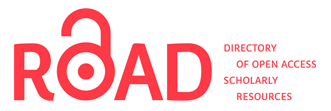An’Nur Homemade Dishwashing Soap from a Mixture of Used Cooking Oil and Aloe Vera Gel
Keywords:
Used cooking oil, Dishwashing soap, Aloe Vera gelAbstract
Domestic or non-domestic consumers tend to use cooking oil repeatedly to reduce the cost of buying new cooking oil and unknowingly it can affect health. In addition, the disposal of used cooking oil by consumers into waterways, rivers and soil cause water and soil pollution which in turn disrupts the ecosystem. The objective of this study was to produce dishwashing soap from a mixture of used cooking oil and aloe vera gel. The second objective was to identify consumers' perceptions of dishwashing soap from used cooking oil and aloe vera gel from the aspect of product quality. This study was conducted using quantitative design by using survey method to identify consumer perceptions of the products produced. A total of 35 users from Felda Gunung Besout, Perak were sampled for the study. Data collected through questionnaires were analyzed using Statistical Package for Social Science version 26. Descriptive analysis (frequency, percentage and mean) was used to identify consumers’ perceptions of the dishwashing soap products produced. The result show that the level of consumers’ perception from aspect of product quality are at high (mean=3.84, std= .223). Mean for performance and features at high level respectively. The result of this innovation is an initiative to support the government's intention to foster recycling practices among the community in Malaysia. The production of dishwashing soap from used cooking oil can reduce environmental pollution as well as creating jobs and generate side income easily.







